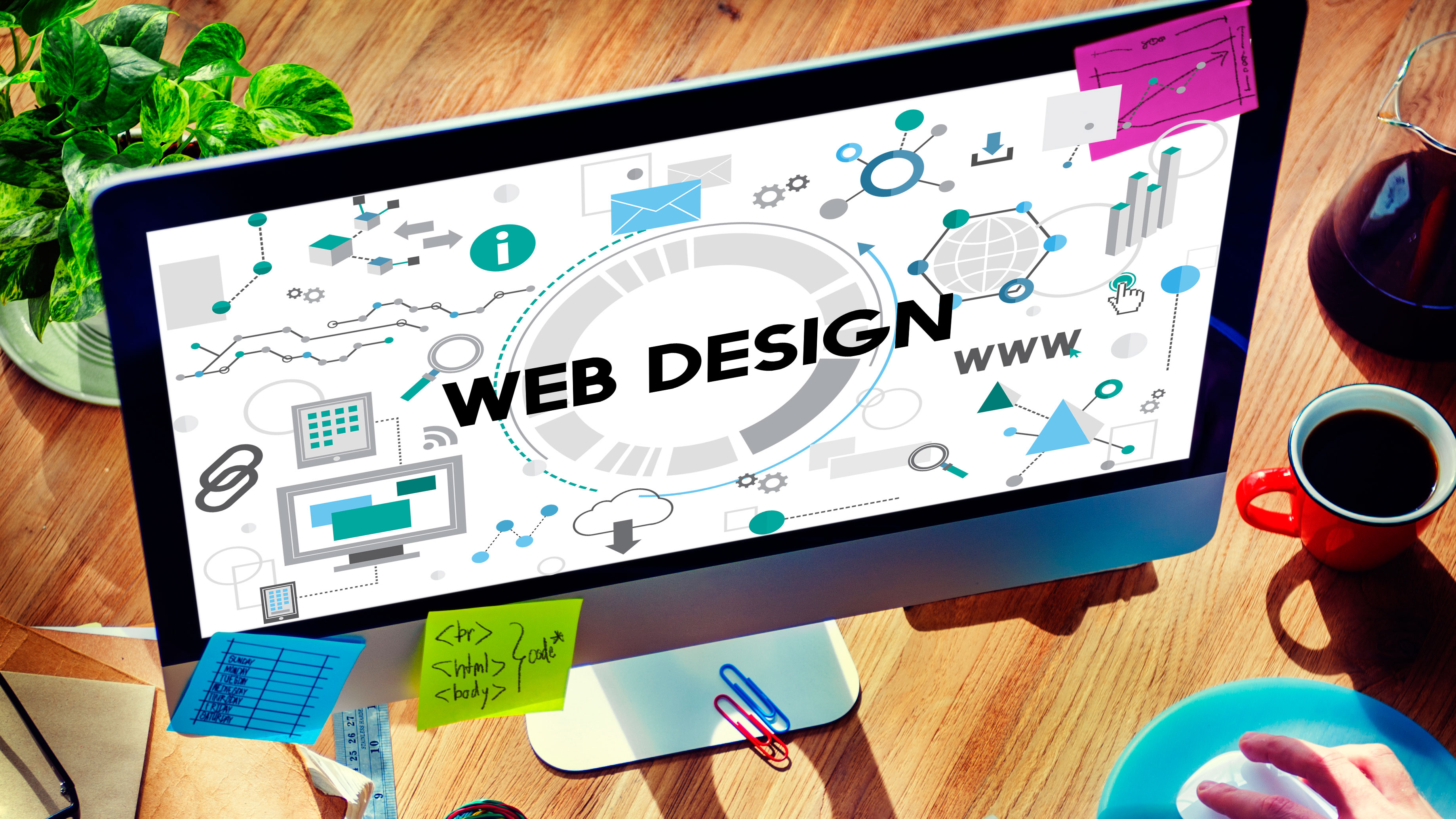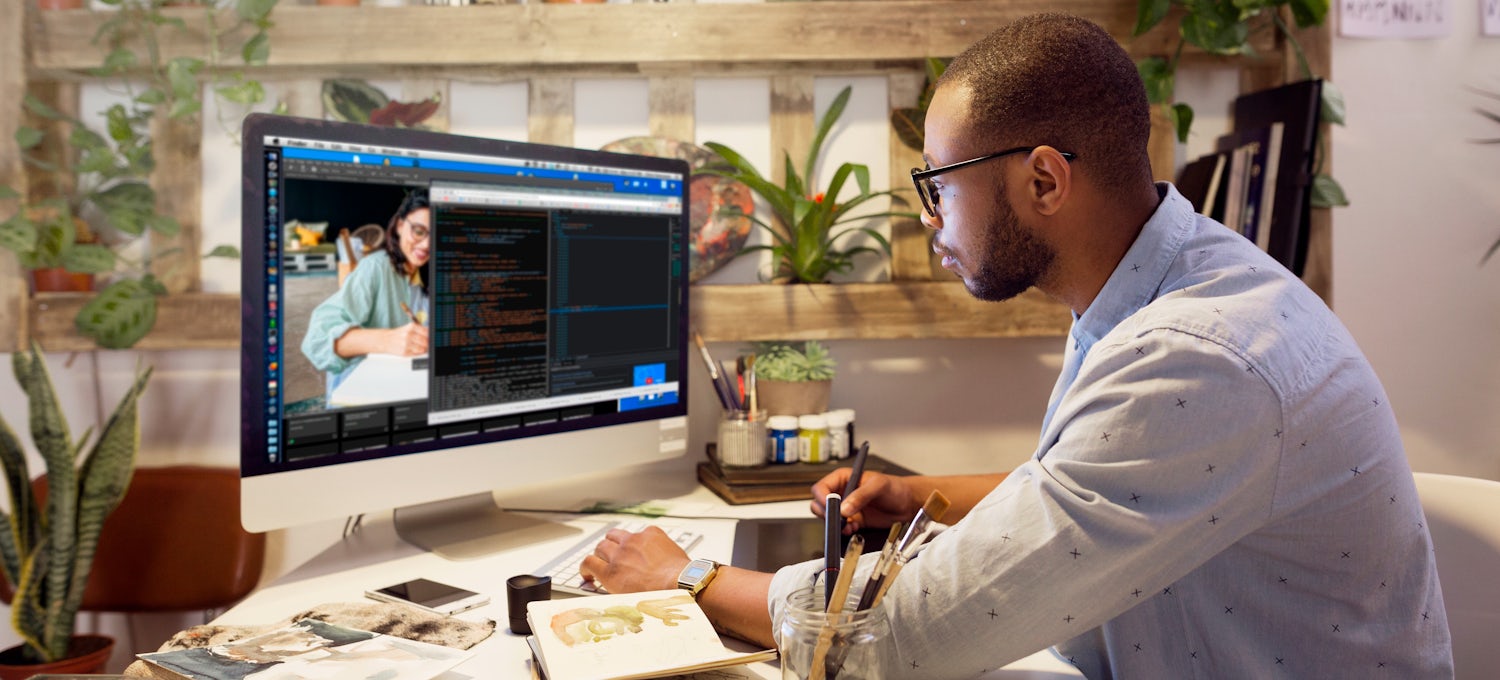Customized Aligned Position Web Design: Unique Web Designs That Reflect Your Brand’s Identity
Customized Aligned Position Web Design: Unique Web Designs That Reflect Your Brand’s Identity
Blog Article
The Very Best Kinds of Website Design to Improve Individual Experience and Involvement
In the ever-evolving landscape of digital interaction, the performance of website design dramatically influences customer experience and involvement. Different layout techniques, such as minimalist, receptive, and interactive designs, each offer one-of-a-kind benefits that can satisfy varied customer needs. Understanding which kinds of Web style ideal serve these purposes can be essential for businesses aiming to boost customer contentment and retention. Nevertheless, the inquiry remains: which design aspects really reverberate with users and foster meaningful interaction? The expedition of these concepts exposes essential insights that may redefine your method to website design.
Minimalist Website Design
As digital landscapes become increasingly cluttered, minimal website design has arised as an effective technique to improving individual experience. This design viewpoint prioritizes simpleness, concentrating on crucial components while getting rid of unnecessary interruptions. By utilizing enough white space, simple navigation, and a restricted shade combination, minimalist design cultivates clearness and routes customer interest to crucial material.
The core principle of minimal website design is to develop a seamless interaction for customers. By minimizing cognitive tons, customers can quickly understand details without feeling bewildered. This direct approach not just enhances use however also urges engagement, as site visitors are much more most likely to check out a site that is easy and visually enticing to navigate.
In addition, minimalist layout usually highlights typography and images, using these components tactically to share messages efficiently. This emphasis on vital parts can enhance brand name identity and produce a memorable individual experience. Basically, minimalist Web design is not just a fad; it is a thoughtful methodology that acknowledges the relevance of user-centered design. By removing nonessential aspects, designers can produce a much more interesting, efficient, and satisfying Web experience for all customers.
Responsive Website Design
In today's diverse digital atmosphere, receptive website design has come to be essential for creating a seamless user experience across a multitude of devices. As users access sites on smartphones, desktops, laptop computers, and tablet computers, the capacity of a web site to adjust its format and web content to various screen dimensions and resolutions is crucial.
Receptive Web style utilizes versatile grids, images, and CSS media questions to ensure that Web material exists optimally, no matter the tool utilized. This method not only boosts the aesthetic appeal of a website yet likewise substantially enhances usability. Customers are most likely to involve with a website that provides a regular experience, as it gets rid of the irritation of having to focus or scroll exceedingly.
By embracing receptive design, companies can boost their visibility and reach a more comprehensive audience. In summary, receptive Web style is a basic practice that improves individual experience, involvement, and overall complete satisfaction.
Interactive Website Design
Responsive website design prepares for enhancing individual experience, yet interactive website design takes this an action further by engaging individuals in an extra vibrant way - Aligned Position Web Design. By incorporating aspects such as computer animations, clickable models, and real-time feedback, interactive website design astounds customers, attracting them right into a richer surfing experience
This approach not only fosters engagement however likewise motivates individuals to discover material proactively as opposed to passively eating it. Strategies such as gamification, where customers gain incentives for finishing jobs, can considerably why not find out more improve the moment invested on a website and boost general contentment. Furthermore, interactive features can simplify intricate details, making it more pleasurable and absorbable.

Incorporating interactive layout elements can likewise cause higher conversion prices, as customers are much more most likely to involve with a site that actively includes them. Aligned Position Web Design. Inevitably, interactive Web style transforms individual experiences into remarkable journeys, making sure that site visitors return time after time
Apartment Layout
Characterized by its minimalistic approach, flat design emphasizes simplicity and performance, stripping away unnecessary elements and concentrating on vital functions. This style approach prioritizes functionality, making sure that individuals can navigate interfaces easily and efficiency. By employing a tidy visual, flat design eliminates the clutter often located in extra luxuriant designs, thus enhancing user emphasis on web content and performance.
The trademark of flat layout hinges on its use bold shades, straightforward typography, and geometric forms. These aspects contribute to an aesthetically enticing interface that is both friendly and modern. In addition, level style fosters a feeling of clearness, allowing individuals to discern important actions and details without distraction.
Moreover, level design is especially reliable in receptive Web style, as its simpleness converts well across different tools and screen sizes. By concentrating on important attributes, level design not only fulfills user needs yet also motivates smooth interaction, making it an essential component of effective Web layout strategies.
Adaptive Web Style
Adaptive Web design tailors the user experience by producing multiple taken care of layouts tailored to different screen dimensions and tools. Unlike responsive design, which Click This Link fluidly readjusts a solitary layout, flexible try this site layout uses unique layouts for specific breakpoints, guaranteeing ideal presentation on various platforms. This approach allows developers to concentrate on the one-of-a-kind features of each tool, boosting use by supplying exactly what individuals need based on their context.
Among the key advantages of adaptive website design is its capacity to enhance tons times and performance. By offering customized content and images that fit the customer's tool, internet sites can reduce data use and improve loading speeds. This is specifically beneficial for individuals with slower connections or minimal information plans.

In addition, adaptive style helps with a much more constant and regulated branding experience. Because developers develop multiple designs, they can make certain that the visual aspects straighten with the brand name's identity across different systems - Aligned Position Web Design. This causes a cohesive individual experience, boosting engagement and advertising customer retention
Conclusion
Minimal style promotes clarity and focus, while receptive style makes sure versatility across numerous tools, promoting ease of access. Collectively, these layout comes close to contribute to the creation of straightforward atmospheres that not only improve complete satisfaction but additionally drive greater conversion prices, highlighting their important value in contemporary Web layout techniques.

Minimal layout fosters clarity and focus, while responsive style makes sure flexibility across various devices, promoting availability. Jointly, these layout comes close to add to the creation of user-friendly environments that not only improve fulfillment however likewise drive greater conversion rates, highlighting their critical significance in contemporary Web design strategies.
Report this page